A new season means new book releases and October is a big month for publishers – the first Thursday of the month is known as Super Thursday when hundreds of books are released at the same time in a bid to hit the Christmas market. This year, on the 3rd, there were 426 hardbacks published, with several more following two weeks later on 17th. Last year 500 came out on the same day which makes it a tough day if you are a small book hoping to get noticed (and on that note my next one comes out in March).
We have reviewed three of the new releases on this week’s podcast; Faded Glamour by Pearl Lowe, Extraordinary Interiors in Colour by Rockett St George and, first up, this:
My Creative Space: how to design your home to stimulate ideas and spark innovation by Donald M Rattner
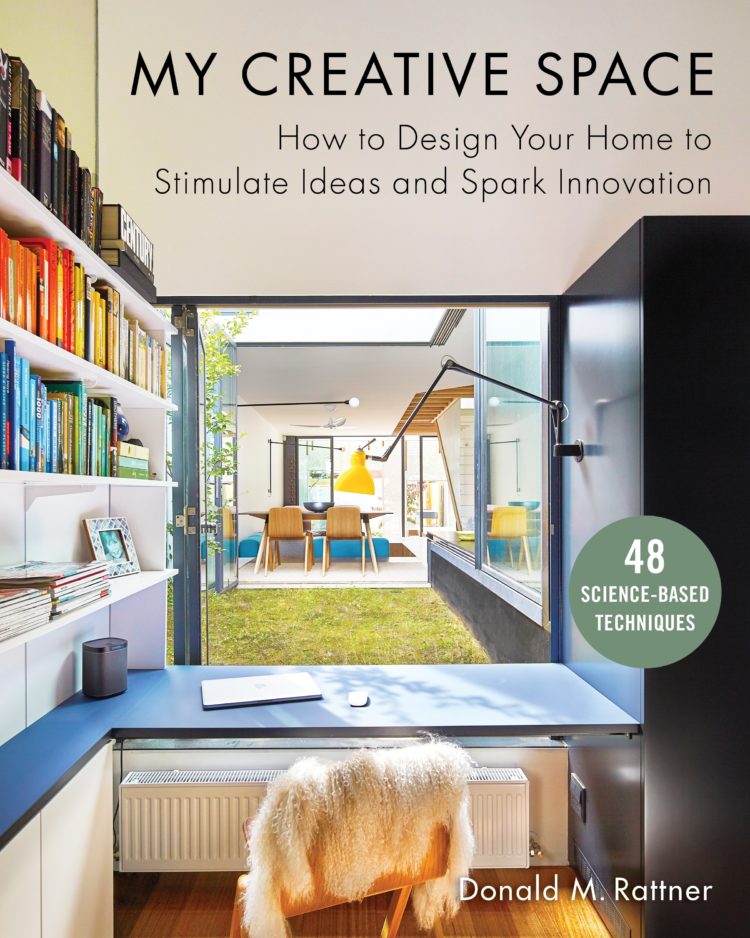
It’s a wordy title – well it’s quite a wordy book actually – but I found it fascinating. The idea is that we often use our creativity to decorate our homes and we might also use our homes as places in which to do creative things – cooking, sewing, painting etc, but Rattner has distilled dozens of studies and scientific research to come up with 48 ways in which we can boost our creativity by changing our decor at home.
“A great deal of psychological and productivity research has gone into discovering how the design of the physical environment can improve creative performance, yet nearly all of it has focused on the workplace, commercial spaces, and schools.
“What has been largely overlooked is the one place we spend more time in than anywhere else and where more people than ever are now working: the home,” he writes. “My Creative Space shows how readers can boost their creative output by applying science-backed techniques to the design and decoration of their home regardless of size, type, style, or location.”
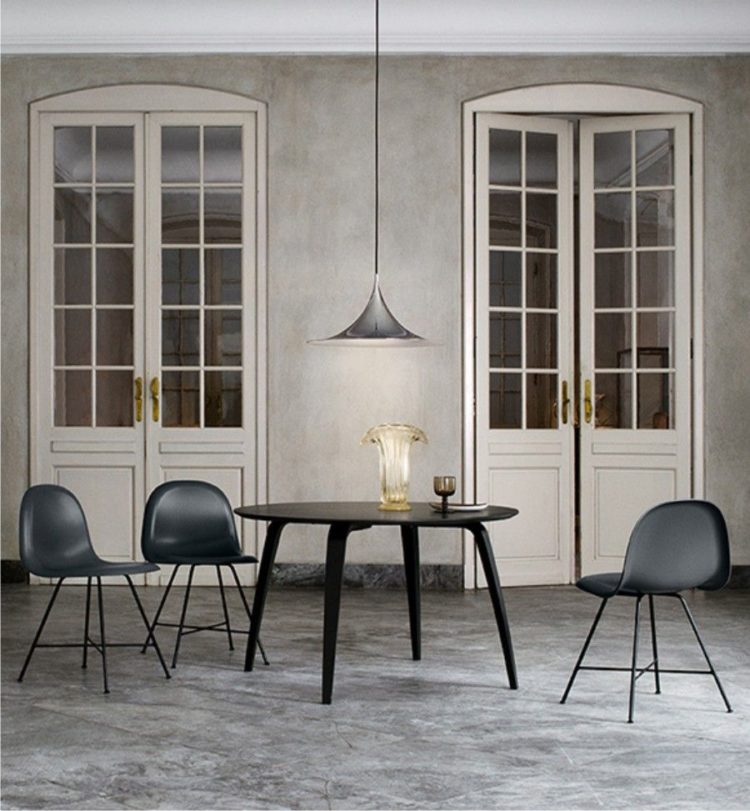
Now many of the things he says about creating a creative space will seem obvious; natural light, good electric light, a connection with or view of nature. So far so obvious. But then he starts to branch out; high ceilings really do spark lofty ideas, and it’s true that we have our best ideas in the shower. And, my favourite, studies have shown that students who looked at a naked filament light bulb before doing a creative task outperformed those who were working under the old fluorescent style strip lights so beloved of offices and commercial spaces.
So the cartoon of a lightbulb appearing isn’t just a Disney meme (although it first appeared over Goofy’s head in 1942) it’s actually true. Rattner goes further – and remember everything in the book is the result of a scientific study, sometimes small, but still – dim light is better for brainstorming. This is because, and again it makes sense when you think about it, your brain can wander more freely when your surroundings are indistinct. After all, if you are pondering your next big idea and your brain lands on the pile of laundry in the corner that’s going to bring you back down to practicalities with a bump. Unless, of course, your idea is an automatic laundry folder and don’t joke because I actually saw one of those the other day.
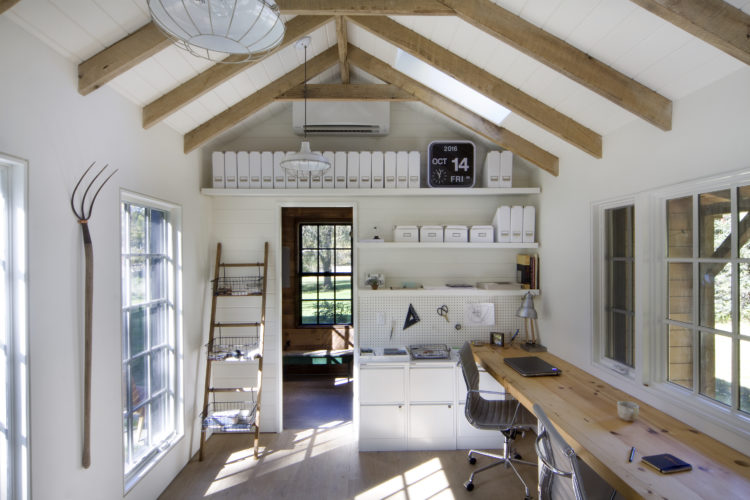
In the same vein, coffee and alcohol are both good for a creative jolt. Although clearly in moderation. Mind you, it was Ernest Hemingway who said: “Write drunk edit sober”.
And talking of being drunk, other studies have found that people solve creative problems 10 per cent faster when they are lying down than when they are standing so that’s a good excuse for using the spare bedroom as an office.
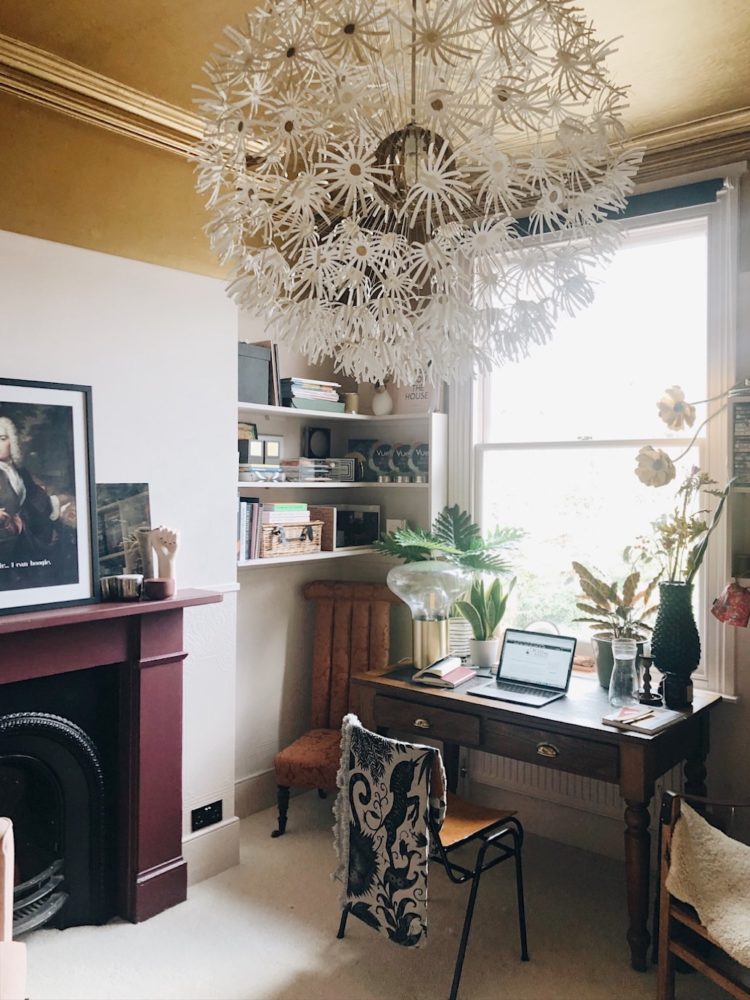
Finally, Rattner theorises that if you want to be creative you should not follow the Marie Kondo method of tidiness. Better a room facing the window, where you are surrounded by plants and books and mementos (like mine above). Creativity is, he says, a messy process, and you need your mind to be able to zig and zag and wander back again. The clean white box is death to creativity whereas knick knacks can spark ideas. Another study found that students who were asked to think back to the events and memories inspired by objects around them did much better creative writing than those who were just asked to write something without looking backwards first.
And so Sophie has found. Regular readers will be familiar with her cobalt blue hall (and bedroom featured yesterday) her dark green kitchen and pink sitting room with the yellow door. But she painted her office white. A decision which baffled me at the time. She thought it would be a blank canvas for her work, but in fact it makes her feel drained and anxious and she has spent most of the recent half term trialling strong colours to redo the whole space.
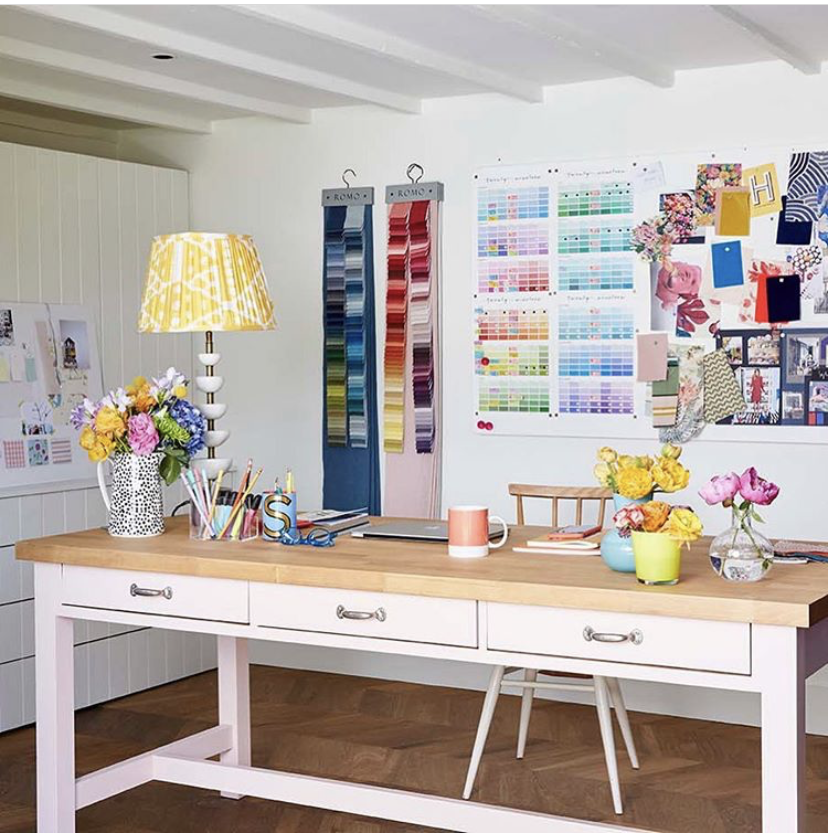
Once Rattner has explained why you should do things and the science behind why these things are true, he then comes up with ways you create schemes to help you be more creative in your own home. For example, we haven’t all got 10ft tall ceilings. Instead, consider wallpaper with a vertical pattern to draw the eye up, or paint stripes, hang long curtains and install tall plants. If you work with a team of people then a round table is more egalitarian and allows you all to toss ideas into the middle rather than the hierarchical grid system where someone is always at the head – think teacher in front of the classroom.
If you’re remotely interested in the reasoning behind interior design decisions then this is definitely one to buy and if you work from home, he says you should definitely get dressed as part of the ritual of switching your brain on.
Next up:
Extraordinary Interiors in Colour by Rockett St George.
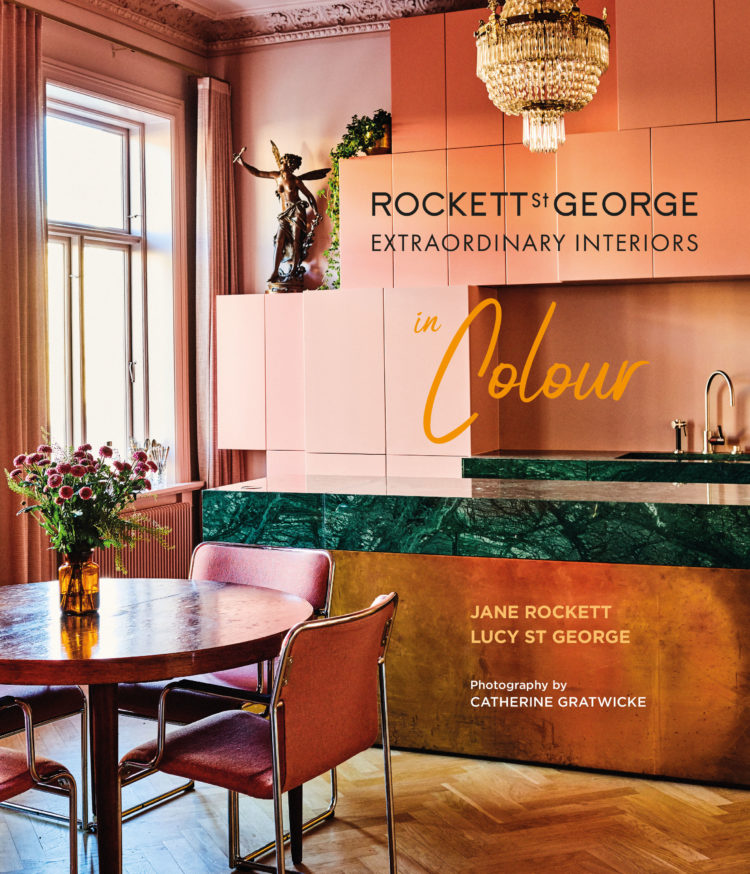
Now this was a surprise as Lucy St George and Jane Rockett are known for their love of dark and moody. Their website was one of the first to showcase products against a dark background and both have lived in houses swathed in dark colours.
However, while researching colour for their paint range with Craig & Rose, the pair decided to put their new found knowledge to good use and the result is this gorgeous book which is saturated with rich, deep colour. The cover, above, is actually a house in Oslo, Norway, which feels like a great surprise and there are several pictures of riads in Marrakech as well.
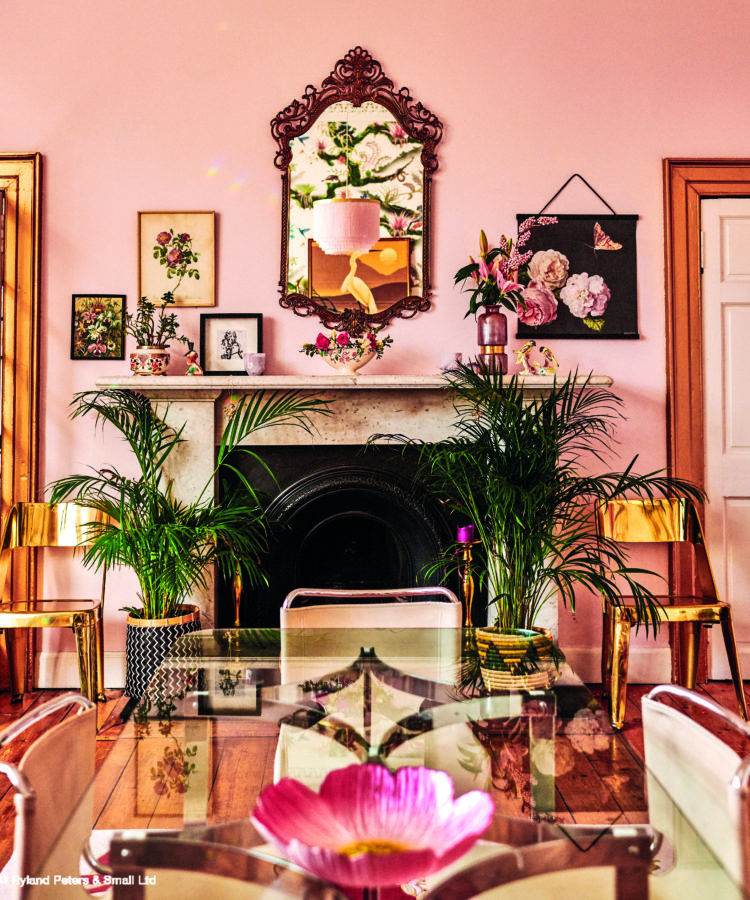
But it’s not just about the pictures. Jane and Lucy have worked hard to incorporate valuable information in their book too. They explain the colour wheel and what goes with what. They also take photographs of nature and translate them into colour palettes that you can use in your own home – which was a particularly good idea I thought.
After all, nature does usually know what she’s talking about. And then, in a lovely touch there is a page of design through the decades which tells us what we were drinking, eating, wearing and living in decade by decade. This is a pretty book but there’s definitely something to read here too so it’s not just a flicker but a reader too, as Sophie would say.
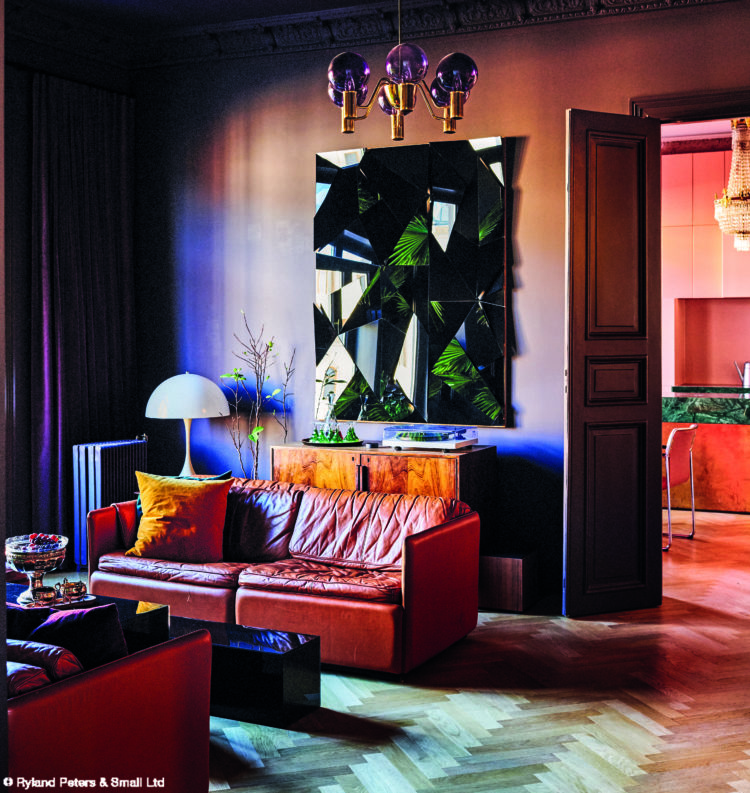
And finally:
Faded Glamour; inspirational interiors and beautiful homes by Pearl Lowe
This is a peak into a glamorous world of country houses (and a couple of urban ones) several of which belong to Pearl’s friends and acquaintances. The pictures are gorgeous and she talks enticingly of “rambling staircases, billowing curtains of silk panels of lace and swathes of velvet.”
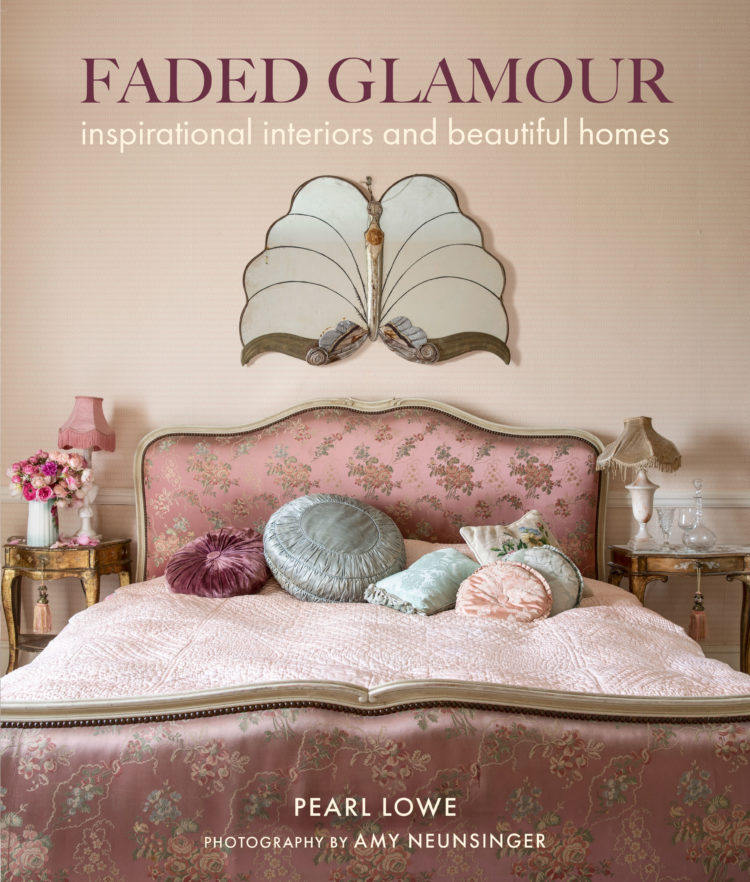
It’s not a how to book but if this is your look there is plenty of inspiration to help you get started on creating your own faded glamour. It is divided into faded, rustic, urban and boho so you just need to decide which one suits you best.
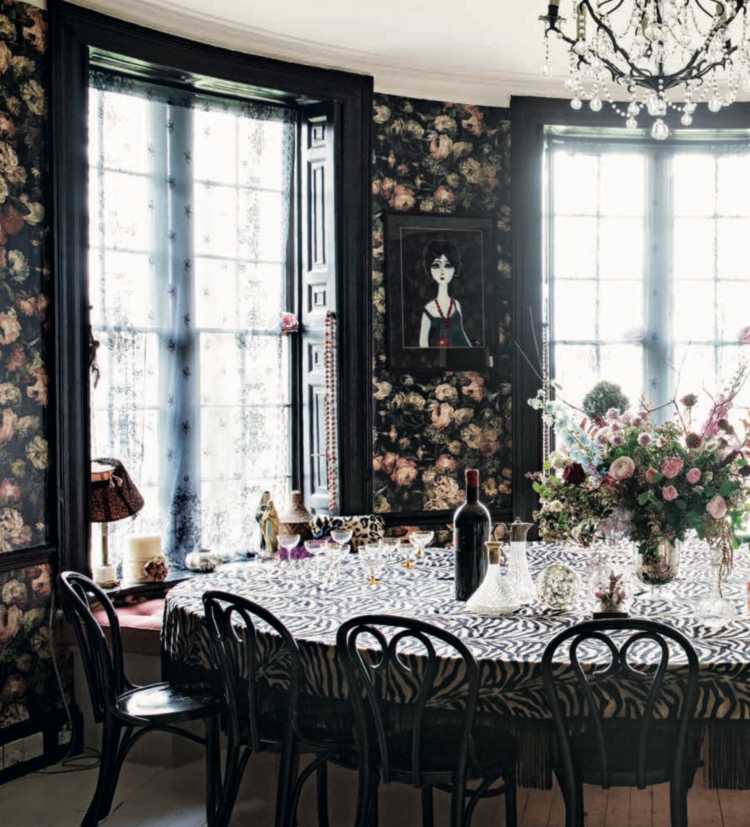
The great thing about this look, which might also be known as English country style, is that it doesn’t have to be expensive. While some of these houses are clearly huge and architecturally stunning, it is a look that comes from the thrift shop, from pieces that you have inherited or upcycled from eBay and it fits into a house or flat of any size. Search for nursing or bedroom chairs for small sitting rooms as the proportions are smaller than modern chairs and look for small antique sofas.
This classic look is all a bit faded and a bit knocked about and that is the joy of it. It isn’t supposed to be perfect and shiny and new. It is quite maximalist however, and that is harder to pull off than you might think, so if this is the look for you then take inspiration from these pages and get yourself down to Kempton market at the weekend.
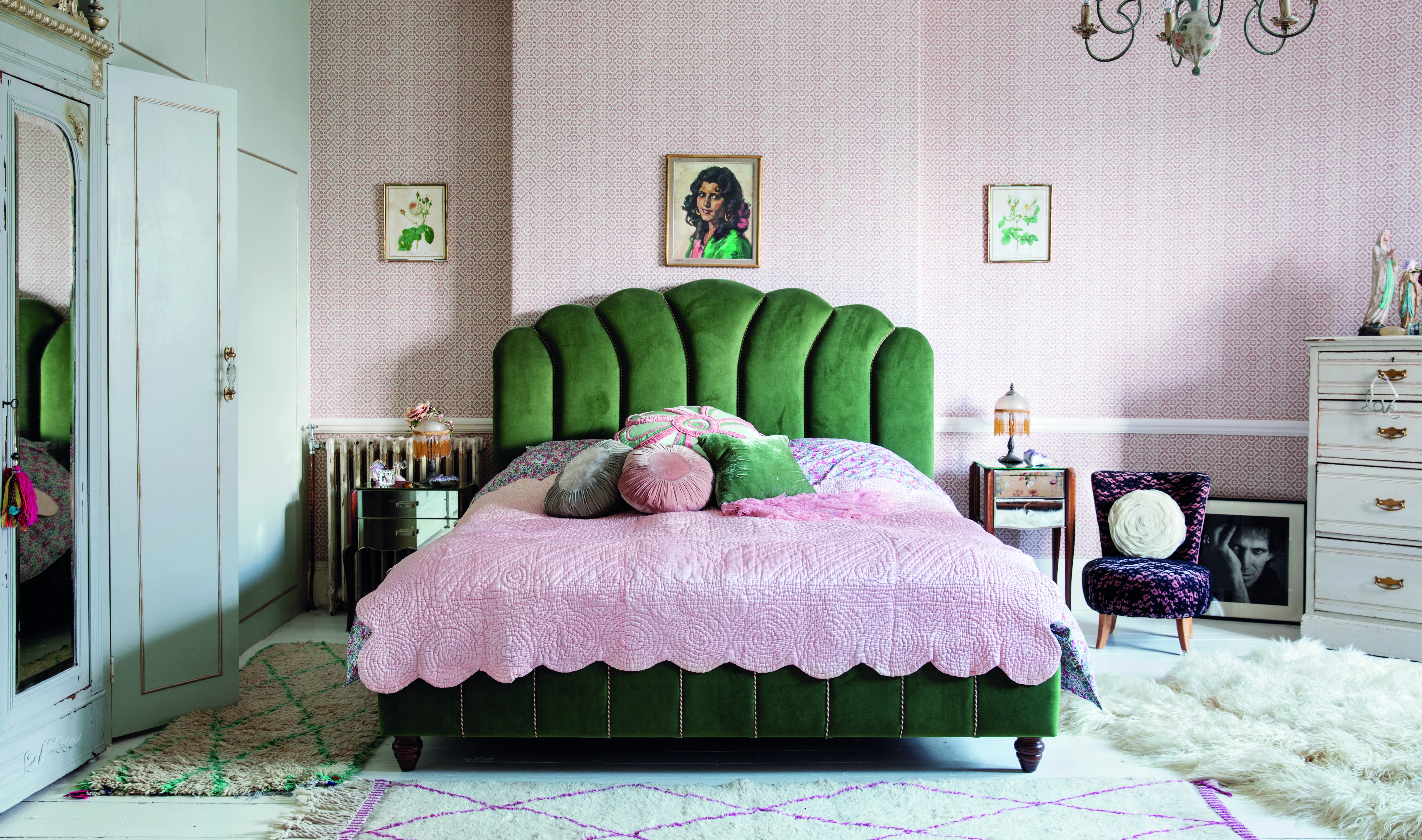
I hope you have enjoyed learning about these new books. For those who listen to the podcast as well as reading the accompanying blog here – which is designed to give you accompanying pictures and links – yesterday’s post was about the first half of the show – getting cosy for winter and how to choose the right mattress.
With thanks as ever to John Lewis & Partners for sponsoring The Great Indoors Podcast and Kate Taylor for producing.
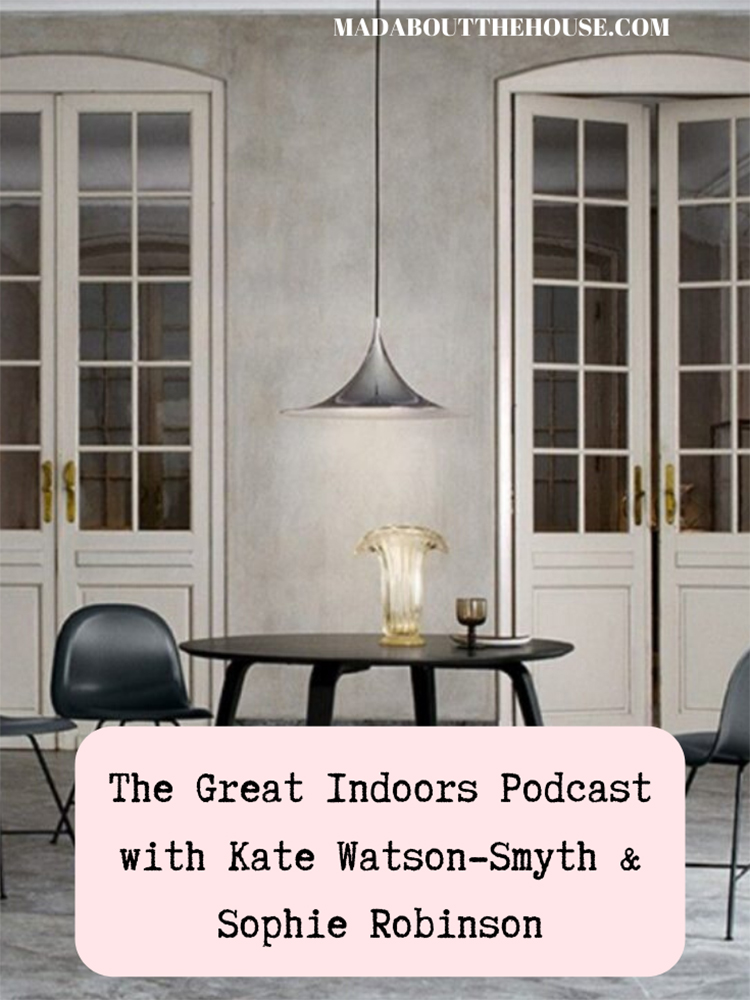

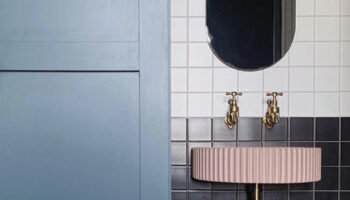
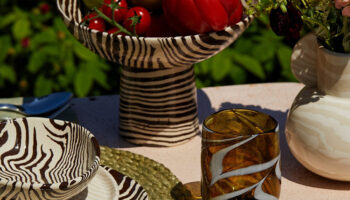
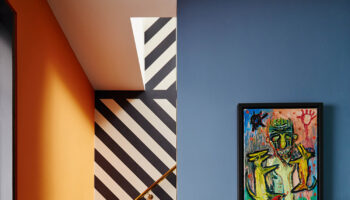
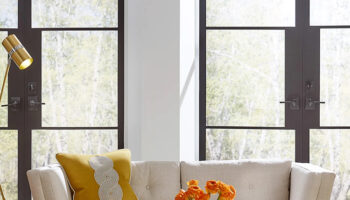
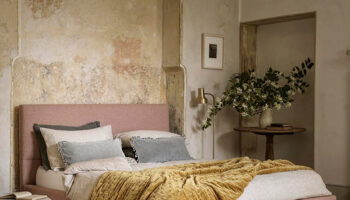
Kate, I’m a bit late to this party but wanted to thank you for these recommendations. I have this slight — uhmm, shall we call it an “addiction”?? — to lovely books, especially ones having to do with decor & style, & I’ve added all 3 of these to my Want List. That art deco mirror & the headboard (done in what appears to be pink embroidered silk) on the cover of Faded Glamour has me whimpering & is worth the price of the book just in pleasure at that alone . . . [sigh]. Thank you!
Hi. Just so’s you know…that was Goofy’s head, not ‘Goody’s head’, re the Disney meme 1942…….:))
Yes that was a typo on my part – I have corrected it now.